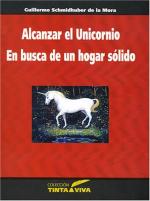|
This section contains 4,126 words (approx. 14 pages at 300 words per page) |

|
SOURCE: “From Poetic to Prosaic Animal Portraits: Arreola's ‘El Elefante,’” in Romantic Review, Vol. 85, No. 3, May, 1994, pp. 473–82.
In the following excerpt, Metzidakis, a professor at Washington University, argues that Arreola's story “El Elefante,” while being built on the foundation of past bestiary poems, constitutes a marked transformation of the genre.
What shall generally concern me here is the genre known as the “bestiary.” As a codified genre, the bestiary has existed since its first “official” appearance in Le Roman de Renart in 12th-century France. It has taken on many different forms and can be traced to many different cultures. From Aesop to Jean de La Fontaine, and from the French Parnassians to the Surrealists, single portraits of animals have also served as central elements of many literary works outside of the strict context formed by the bestiary. But a striking change occurs in this aesthetic treatment of animals...
|
This section contains 4,126 words (approx. 14 pages at 300 words per page) |

|


